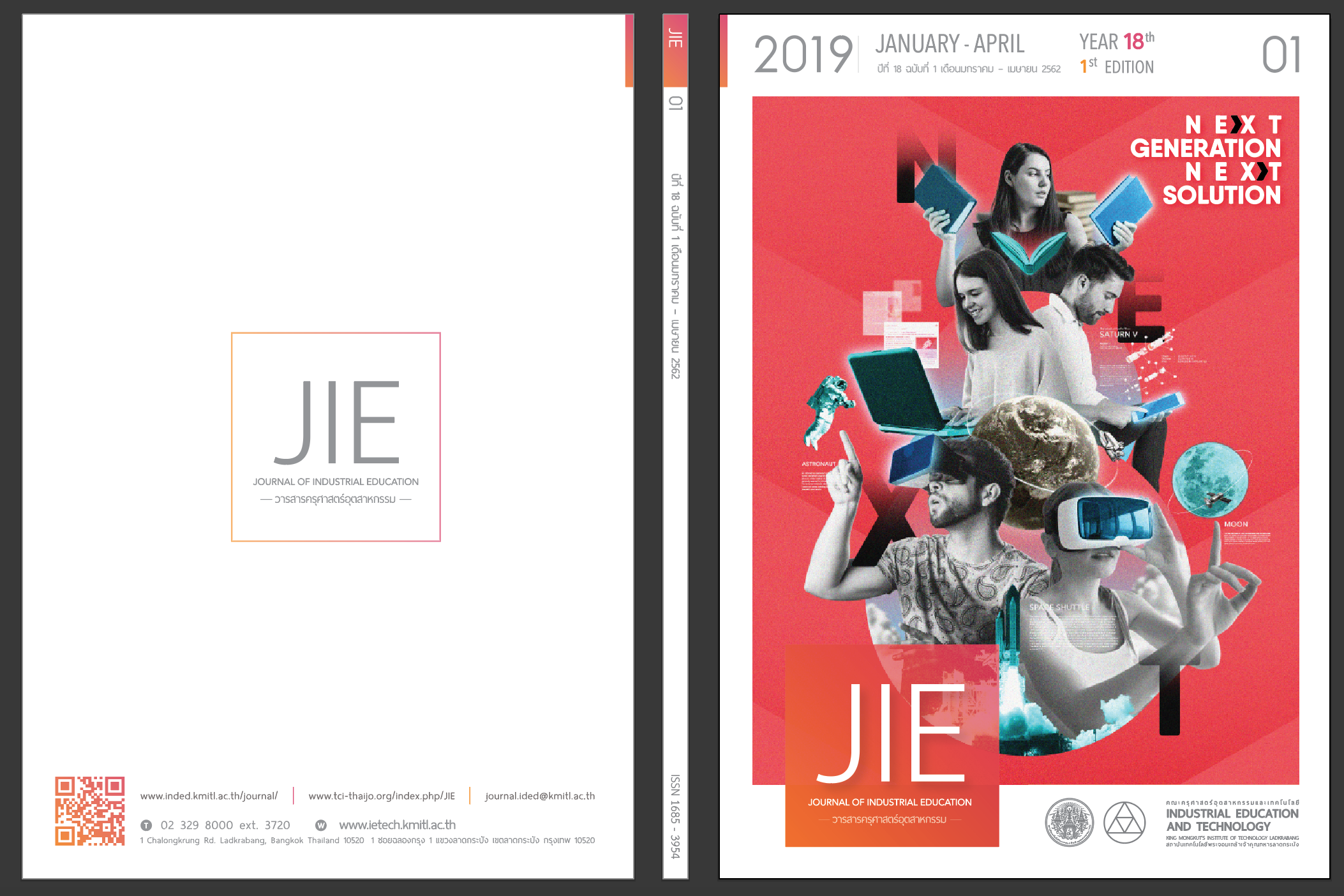STUDY OF ARCHITECTURE EVALUATION TO THE ENVIRONMENT : CONCEPTS, THEORIES AND IMPLEMENTATION
Keywords:
Concept for a study design, Humans, Environment, EffectAbstract
Concept for a study design mission of humans and environment are related as one cycle which cannot be differentiated of what influences more on the other. Environment influences on humans’ behaviors and living to be learning. On the other hand, activities created by humans are one of the important causes in changing our environment. Whenever the environment is changed, it results in the change in humans as well. Environment that surrounds humans including natural environment, or artificial one, they both deeply influence on humans’ living and survival. This influence relates to all living things and all humans living in this world in term of design for creativity, including many ways for activity management i.e. architectural design, landscape design, interior design, product design, etc. [1] These also create an effect on humans’ ways of living in concept this study ways which importantly relate to knowledge and understanding as well as awareness of creators due to environment occurred would change the components of what are around us Until it was developed as an education. We can see it clearly from the revolution of living in each era. It really depends on environment features that keep being changed.
References
Burin Tharavijitkul. 2013. The Touch of Nature in the Eastern and Western Architecture. Built Environment Research Associates Associates Conference, BERAC (4), p. (587-595).
Chartchay Junprateep. 2017. Human in architecture art and design. Journal of industrial education, 16(1), p. 218-226.
Kanyaporn kunthonsap, Kriangsak Khiaomang, Sung hee kim. 2017. Creative environmental friendly coloration system for design. Journal of industrial education, 16(1), p. 113-121.
Poonnarat Pichayapaiboon. 2004. Art education, Theory of creation. Bangkok: Chulalongkorn University Press.
Wiroon Tungcharoen. 2002. History of art and design. Bangkok: E and IQ publishing.
Sasina phara. 2007. Natural resources and the environment. Bangkok: S. ASIA Press.
Silpa Bhirasri. 1959. A bare outline of history and style of art. Bangkok: Silpakorn university publishing.
Siriporn peter. 2007. Human and design. Bangkok: Odeon Store publishing.
Suebsiri saelee. 2011. Basic in design. Maha Sarakham: Maha Sarakham publishing.
Sant Suwacharapinan, Taweesak Kaittiweerasak. 2013. Theoretical Confusion of Using Semiology as a Design Guideline. Built Environment Research Associates Associates Conference, BERAC (4), p. (596-606).
E. C. Fernie. 1995. Art history and its methods. Hong kong: Phaidon press Ltd.
Robert Mugerauer. 1996. Interpreting Environments: Tradition, Deconstruction, Hermeneutics. English: University of Texas Press.
William McDonough, Michael Braungart. 2002. Cradle to cradle. New York: North Point Press.
Downloads
Published
How to Cite
Issue
Section
License
"The opinions and contents including the words in papers are responsibility by the authors."
"ข้อคิดเห็น เนื้อหา รวมทั้งการใช้ภาษาในบทความถือเป็นความรับผิดชอบของผู้เขียน"



